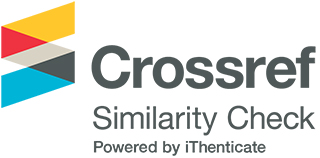Parental views of Disney Princesses in the context of value-based expectations for their pre-school children
DOI:
https://doi.org/10.33422/sgsj.v1i1.252Keywords:
gender stereotype, gender role, quantitative study, representation of women, value preferencesAbstract
Content analyses of the female image of Disney Princess (DP) tales increasingly report a change in the representation of women. While classic DPs are found to be passive in terms of the plot, they are not “saviour” and their romantic options are limited, newer princesses are more androgynous, more active, more “saviour”-like and freer in their decisions and choices than traditional ones. Media can influence gender stereotypes and gender-related behaviour in childhood, and women who identify themselves as “princesses” in adulthood typically think in gender stereotype patterns, are less motivated in self-actualisation, and are more likely to run away from hard tasks. All this draws attention to the possibility of the early socialisation effect of princess tales and raises the importance of examining individual characters. Quantitative study was conducted to examine how parents see their children’s favorite DPs, whether there is a correlation between parents’ value preferences for their kids and the character of favorite DPs perceived by the parents. Our self-developed questionnaire contained items from Schwartz Value Profile and previous studies about DPs. Participant (N=1310) were Hungarian parents of pre-school girls and boys, from various social background and residence. Our study found that parents’ own character preferences, their characterisation of their child and the value-based expectations placed on children are related to which Disney character they consider as their children’s favorite. Results can be discussed from different approaches: media effect, gender stereotypes, national characteristics of parenting and values.











